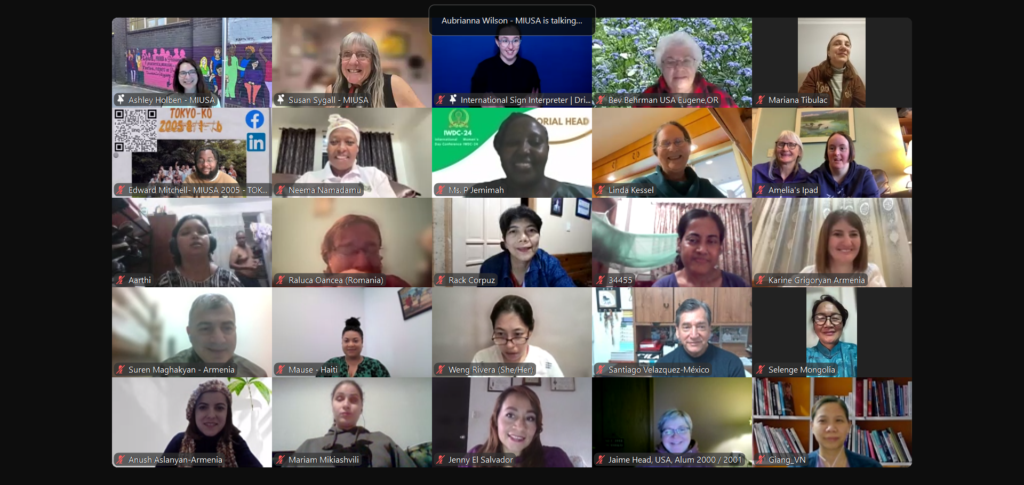In the next decades, I hope we look at students who experienced these barriers and found ways to go abroad anyways. These alumni hold the solutions, which may be replicable for others. They showed barriers can be negligible when we focus on the how.
Data on underrepresented groups in study abroad may not be giving the full picture. According to the National Survey on Student Engagement, demographics of U.S. college seniors with mobility disabilities who studied abroad also fall into one or more of other underrepresented study abroad groups; that is, they tend to be more male, of minority background, first generation students, military veterans, and/or part-time students compared to non-disabled and other disabled study abroad alumni.
This data does not show the reasons for how these particular students are finding a way to go abroad, despite multiple levels of barriers. Whatever they are doing will help us to see how others with mobility disabilities can figure it out too. Did they have access to the GI bill or vocational rehabilitation funds to supplement funding of study abroad? Are they are more used to problem-solving barriers? More qualitative research is needed to find out.
On the flip side, the same NSSE survey shows that learning disabled students are more likely to go abroad than non-disabled or students with other disabilities. This begs the question: What can we learn about why higher percentages of students with learning disabilities are going abroad? And how can that be used to attract ALL students?
The voices of students with learning disabilities may have something of interest to say to all. If we are listening, perhaps we’d learn motivations for study abroad that we haven’t considered before, such as how study abroad can heighten levels of intellectual curiosity that translate to academic learning.
These bright spots—reasons both underrepresented and well-represented students are choosing or finding a way to study abroad—may be of interest also to the wider student body. Trends start small, and focusing on these bright spots from the voices on the margin may hold the key to expanding interest in study abroad programs for all.
Related Resources:
What Statistics Tell Us about People with Disabilities in International Exchange
Switch – How to Change Things When Change is Hard
(This blog was originally published in 2010 but still relevant today).
Sign up for our E-News






Manage Your Privacy